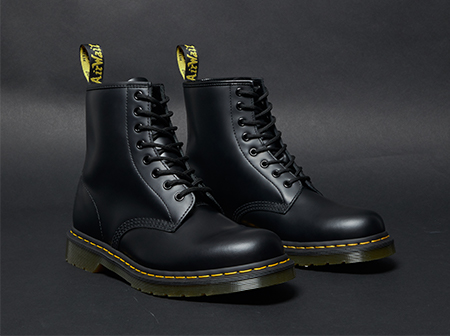Our culture
As custodians of the brand, preserving its quality, image and reputation is paramount for Dr. Martens.
Dr. Martens’ culture is rooted in our approach of “doing the right thing”, which goes back to the origins of the brand as a family business and continues to guide our approach to decision making.
There is a highly engaged and distinctive culture at Dr. Martens, with a people-first approach and a genuine emphasis on engagement and team play. In 2019 Dr. Martens was awarded the “Best Place to Work Award” by Drapers, the “Business Culture Achievement Award (Medium Business)” at the Business Culture Awards, and the “Employee Engagement and Experience Award” at the HR Distinction Awards.
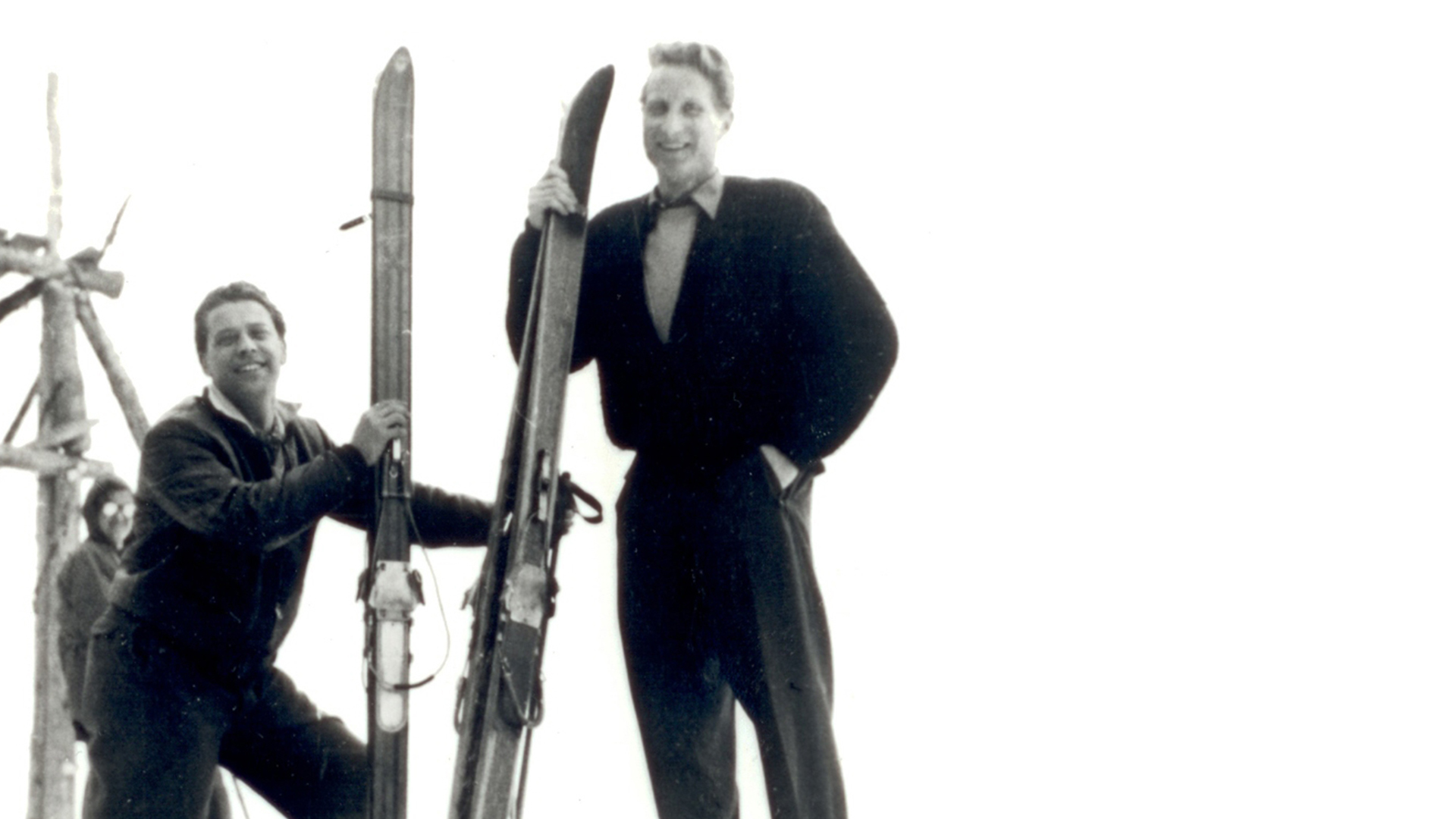
Heritage
Dr. Martens’ origins date to 1945, when Dr. Klaus Maertens, a 25-year-old soldier and medical doctor at the time, created a unique air-cushioned sole (rather than the traditional hard leather sole) to aid his recovery from a broken foot. Dr. Maertens made a prototype shoe and showed it to a friend and engineer, Dr. Herbert Funk. The two went into partnership and by 1947 they began formal production of their unique shoe. Within a decade they had a booming business. By 1952, sales had significantly grown so much that they opened a factory in Munich.
In 1959, British shoe manufacturer R. Griggs Group, owned by Bill Griggs, bought rights to manufacture the shoes in the United Kingdom. Griggs took the sole and created a new boot, which included an altered sole shape, a bulbous but simple upper, a distinctive yellow welt stitch, a grooved sole edge and a new undersole design. The boots were branded as “Airwair” and came complete with a black and yellow heel loop featuring the brand name and the slogan “With Bouncing Soles”. Taking its name from the date of its inception, 1 April 1960, the iconic eight-hole 1460 Dr. Martens boot was born. The following year, the 1461 shoe arrived. The 1460 and 1461 remain at the core of the Originals range.
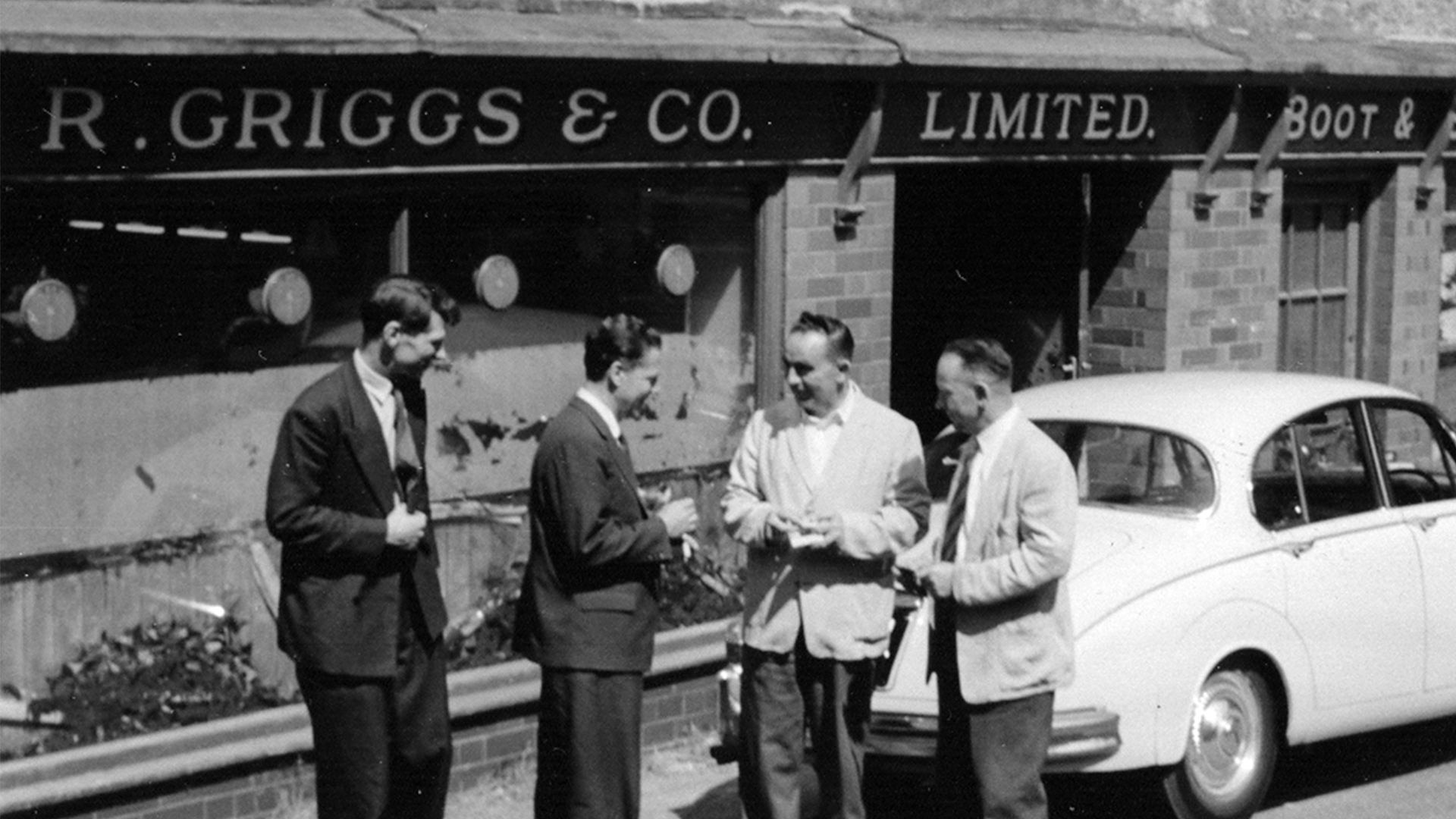
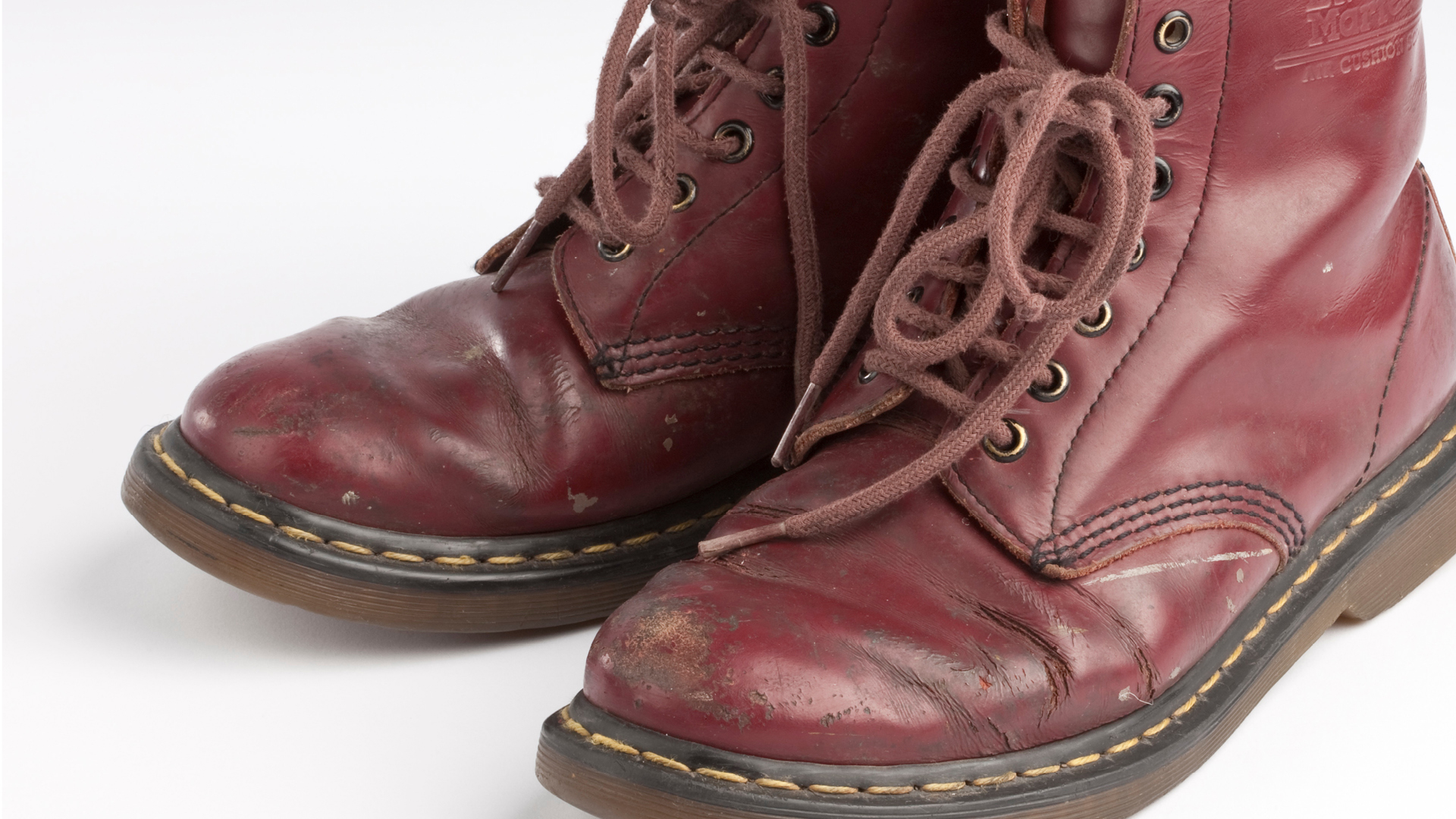
Dr. Martens’ first few years of existence were that of a £2 work boot, selling primarily to Britain’s working classes. Then, Dr. Martens were picked up by early multi-cultural, “ska” loving youth, who proudly championed British working-class style. Shortly after, Pete Townshend from the rock band “The Who” became the first high profile entertainer to wear them as a symbol of his own working-class pride and rebellious attitude. In so doing, the course of the brand’s history changed into a subcultural essential.
The 1970s, the decade of glam, punk, “Two Tone” popular music and early “goth”, saw British youth culture mushroom into countless distinct groups. By the end of the decade the boot had become a symbol of self-expression at the very heart of British youth culture. Sales of small men’s size boots alerted Dr. Martens to a street trend for women buying then customising (usually with florals) the simple eight-hole boot. Meanwhile, US “Hardcore” musicians touring the United Kingdom began to take pairs of Dr. Martens back to the west coast, thus inadvertently starting American subculture’s adoption of the brand.
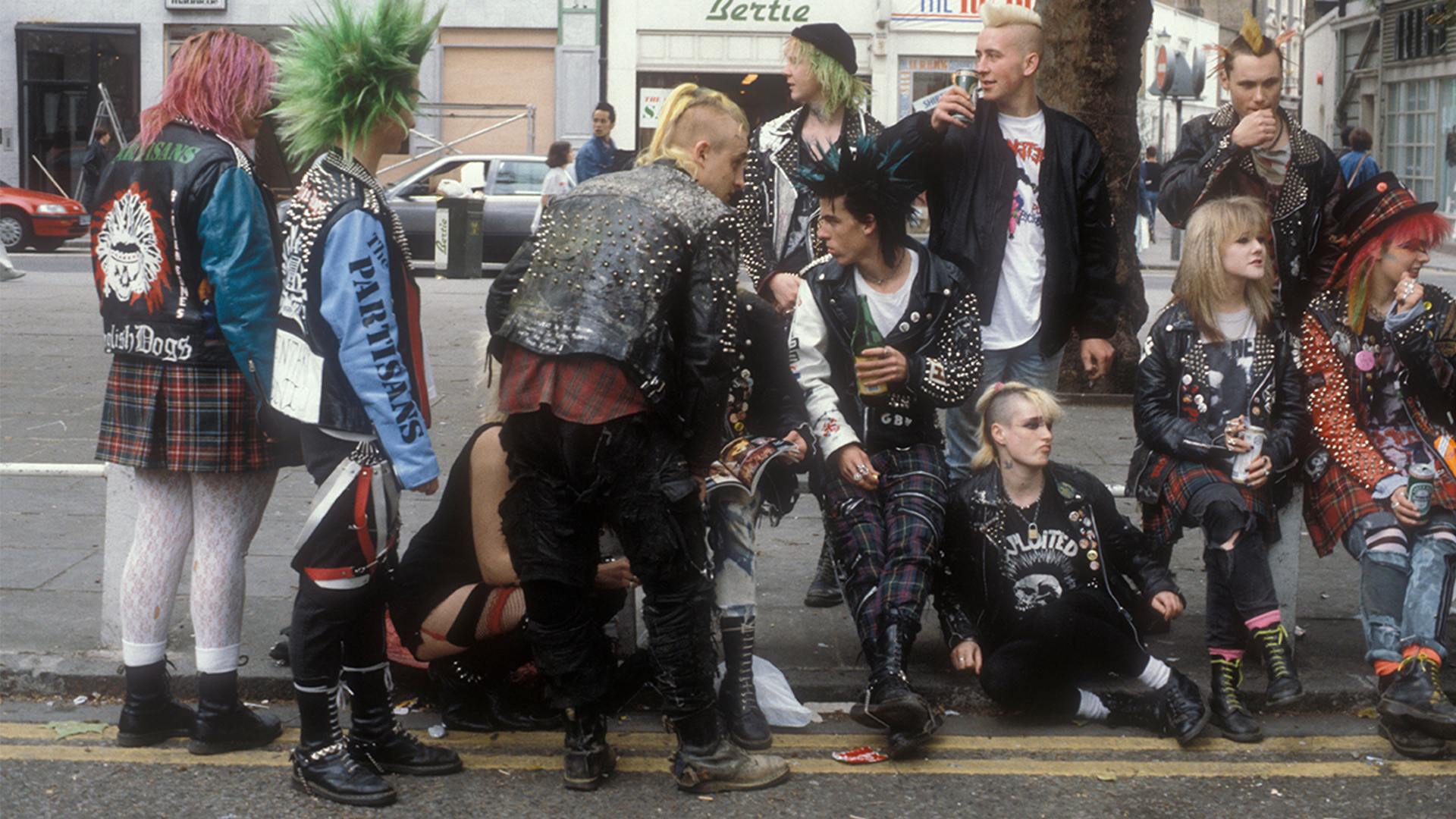
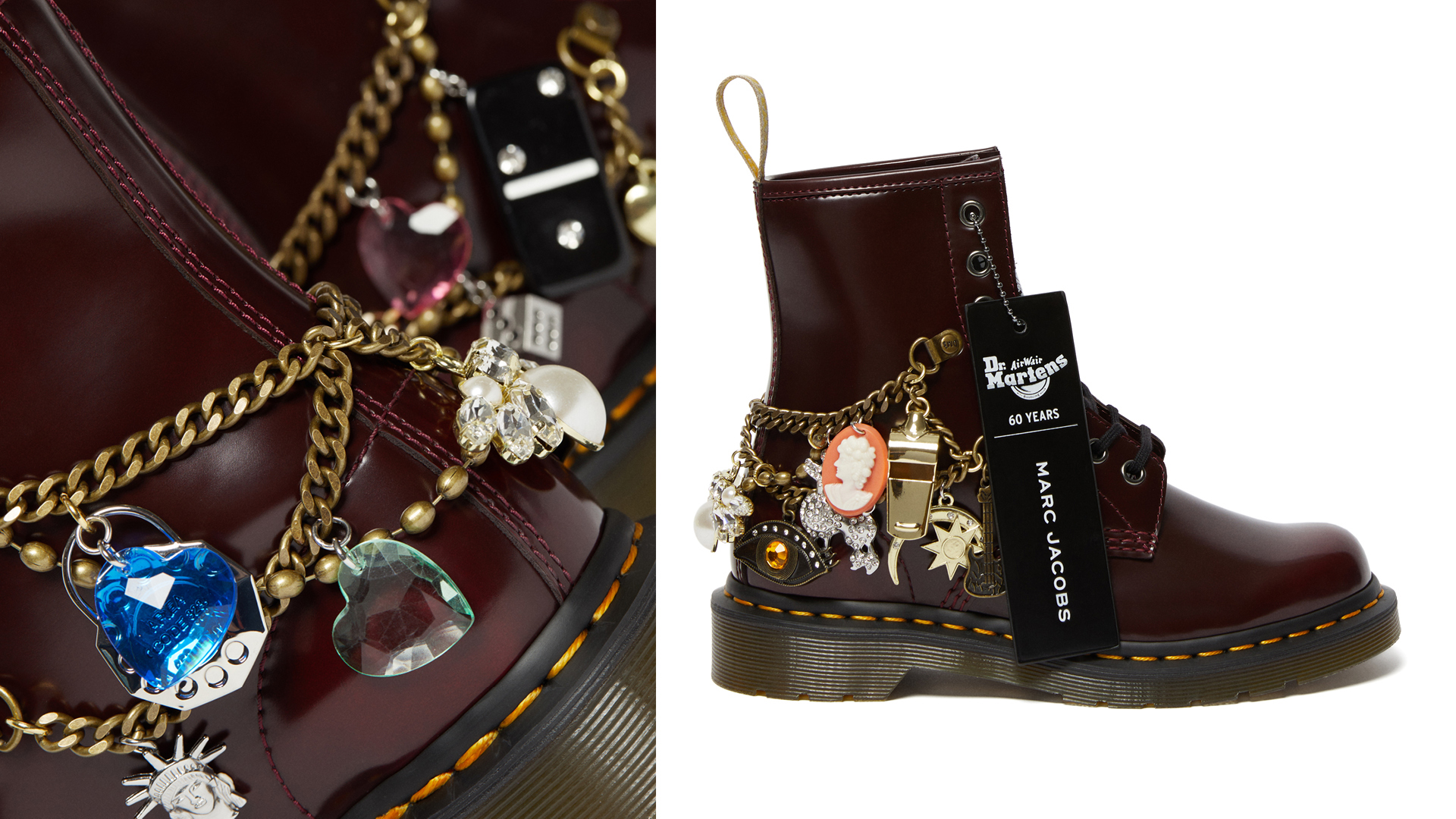
In 2003, the wider revitalisation of the brand began, with high fashion designers from around the globe reinterpreting and customising the classic 1460 boot.
In 2020, Dr. Martens celebrated its 60th anniversary: six decades that have witnessed the brand’s adoption by a diverse range of groups, celebrities, musicians and free-thinking individuals – each adopting the boots and shoes to suit their own personal attitudes and identity.
In January 2021 we completed our successful IPO on the London Stock Exchange, representing a major milestone in the Brand’s history.

